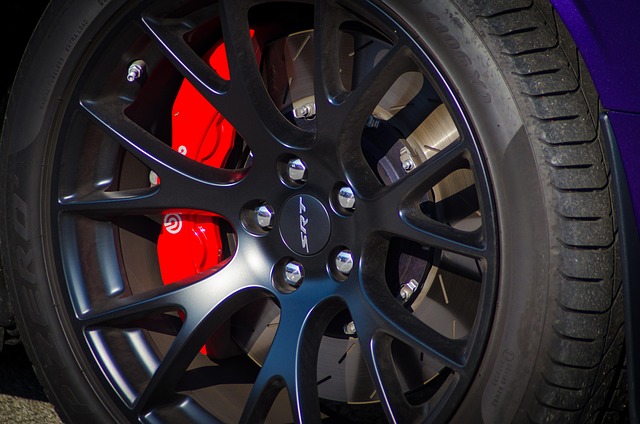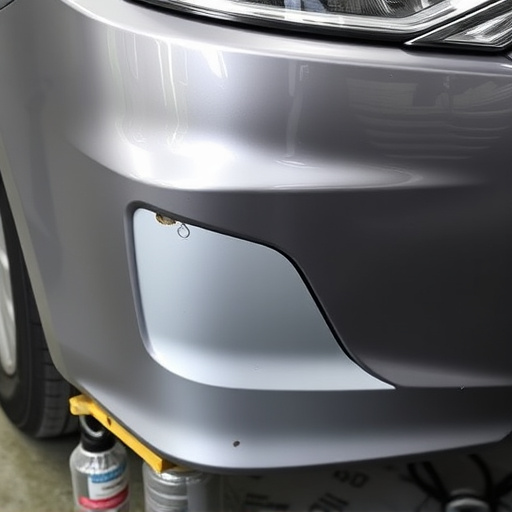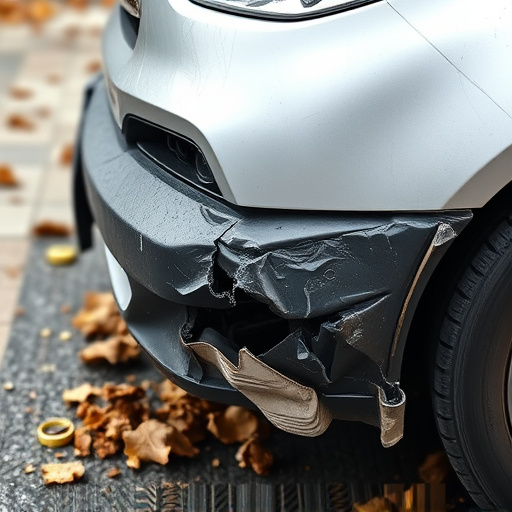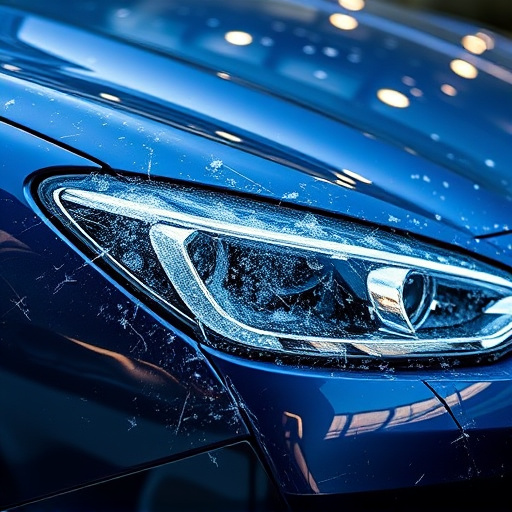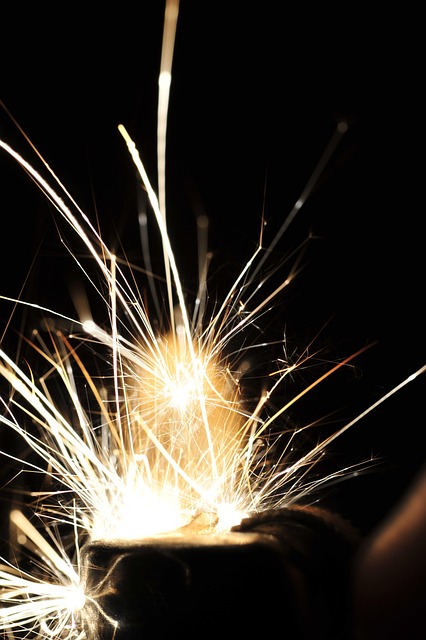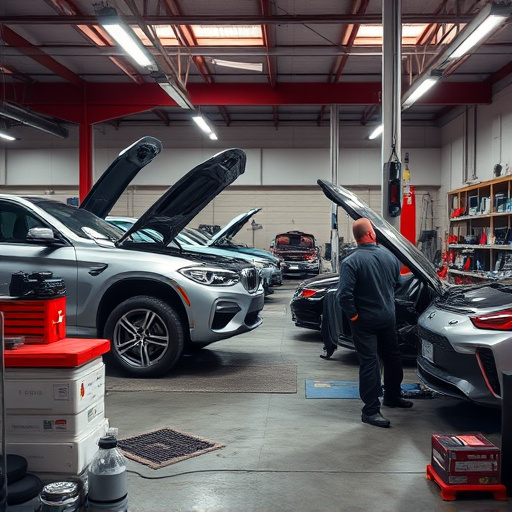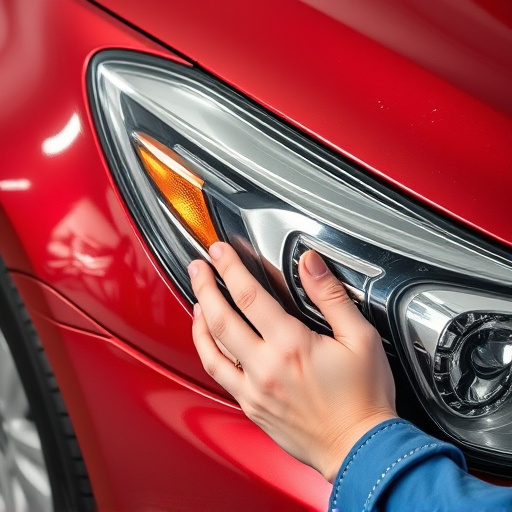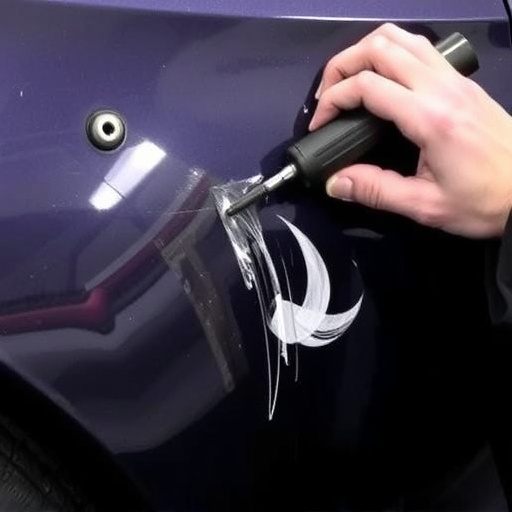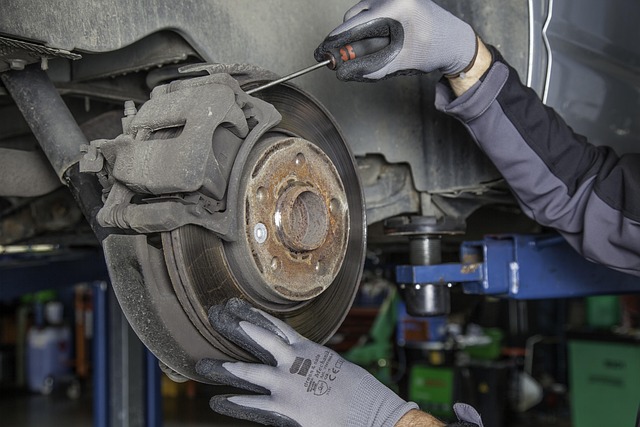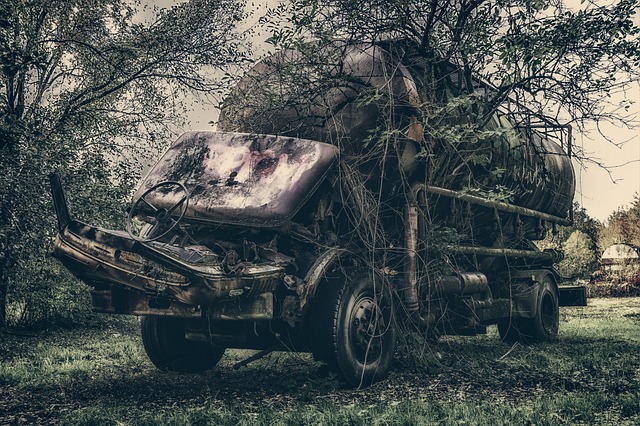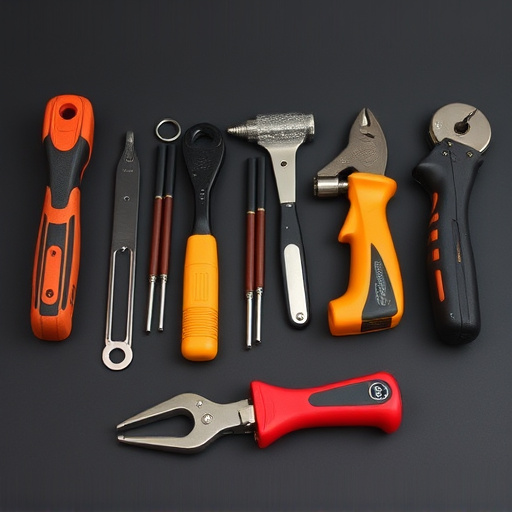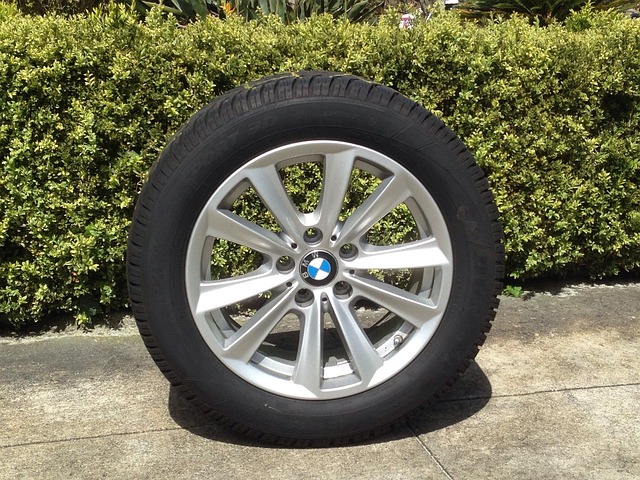Computerized diagnostics repair (CDR) is a specialized automotive field using advanced technology to diagnose and troubleshoot modern vehicle issues via interconnected computer systems. This process, facilitated by specialized tools like diagnostic scanners and software, enables technicians to access real-time sensor data and diagnostic trouble codes for accurate repairs, from minor sensor malfunctions to complex collision repairs. A well-equipped toolkit is essential for successful CDR, making intricate tasks more manageable in auto body shops. While basic repairs can be done by owners, complex tasks should be left to professionals.
“Uncover the world of computerized diagnostics repair with this comprehensive beginner’s guide. In today’s tech-driven landscape, understanding how to navigate and fix computer systems is essential. This article equips you with the fundamentals, from deciphering system errors to performing basic repairs. We’ll walk you through the process step by step, introducing necessary tools and equipment. By the end, you’ll be confident in tackling common CDR challenges, empowering you to keep your tech running smoothly.”
- Understanding Computerized Diagnostics Repair: The Basics
- Tools and Equipment for CDR: What You Need to Get Started
- Step-by-Step Guide to Performing a Basic Computerized Diagnostics Repair
Understanding Computerized Diagnostics Repair: The Basics
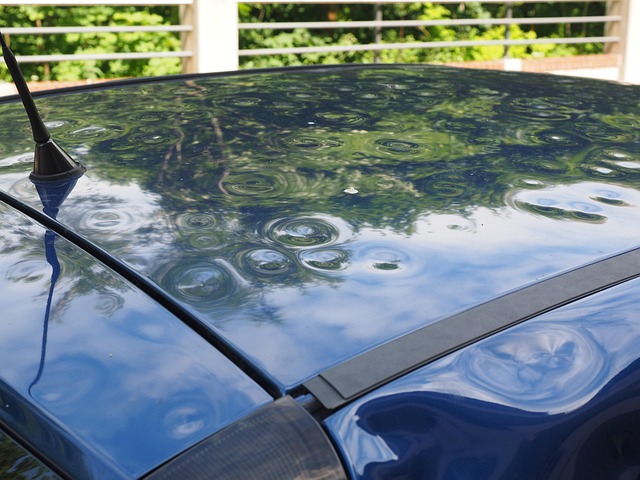
Computerized diagnostics repair is a specialized field within the automotive industry that involves using advanced technology to assess and troubleshoot vehicle issues. In today’s modern vehicles, numerous computer systems control various functions, from engine performance to safety features. These systems are interconnected through networks, allowing for complex data exchange. When a vehicle experiences problems, accurate diagnosis is crucial for effective repairs.
This process utilizes specialized tools and software that can communicate with the car’s onboard computers. Technicians access real-time data from sensors and control modules, enabling them to identify malfunctions and retrieve diagnostic trouble codes (DTCs). By understanding these codes, repair professionals can pinpoint specific components or systems requiring attention, whether it’s a minor issue like a faulty sensor or a more complex problem such as a car collision repair. It’s akin to solving a high-tech puzzle, where the goal is to restore optimal vehicle performance, ensuring safety and reliability through precise computerized diagnostics repair techniques.
Tools and Equipment for CDR: What You Need to Get Started
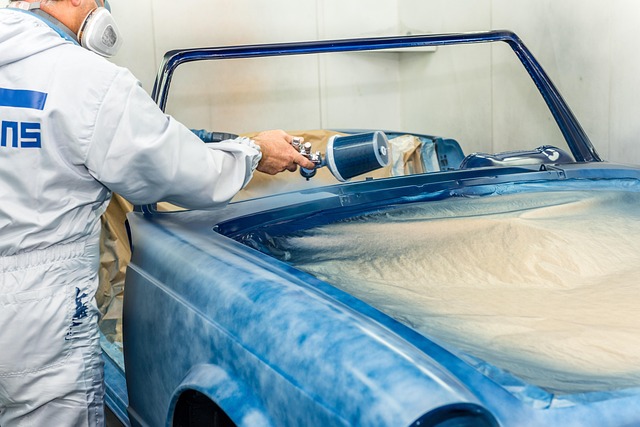
When diving into computerized diagnostics repair (CDR), having the right tools and equipment is essential for success. A basic toolkit for CDR includes a variety of specialized devices designed to interface with a car’s computer systems. This might comprise diagnostic scanners, cable connectors, and testing probes – all crucial for accessing and interpreting data from the vehicle’s ECUs (Electronic Control Units). These tools allow technicians to diagnose issues with precision, ranging from sensor malfunctions to communication errors between components.
For those new to CDR, investing in a quality diagnostic scanner is a game-changer. These devices serve as gateways into a car’s digital systems, enabling the identification of problems within the engine, transmission, or even the entertainment system. Beyond diagnostics, many scanners can facilitate basic repairs, like programming new sensors or updating control modules. Remember, while these tools are essential for auto frame repair and car body restoration work, they also streamline processes in an auto body shop, making complex tasks more manageable and efficient.
Step-by-Step Guide to Performing a Basic Computerized Diagnostics Repair
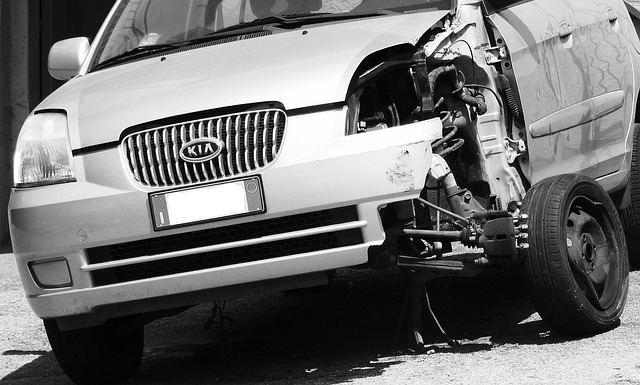
Performing a computerized diagnostics repair is easier than you think. Start by turning on your computer and ensuring all connections are secure. Next, launch the diagnostic software, which can be found in most modern vehicles’ onboard systems. This software will read and interpret data from various sensors, providing insights into engine performance, transmission health, and more. Follow the screen prompts to select the system you want to test, whether it’s the engine, brakes, or even a complex system like the airbag.
Then, use the appropriate tools to connect sensors and components as directed by the software. Once everything is in place, initiate the diagnostic scan. The software will generate a report with error codes and potential issues. For example, if your vehicle’s check engine light is on, the software might reveal a problem with oxygen sensors or fuel injection. From here, you can troubleshoot and perform basic repairs, such as replacing faulty sensors (similar to auto detailing for precision) or cleaning fuel injectors. For more complex issues like paintless dent repair or vehicle paint repair, it’s best to consult specialized professionals.
Computerized diagnostics repair (CDR) is an essential skill for anyone looking to maintain and troubleshoot modern vehicles. By understanding the basics, investing in the right tools, and following a structured guide, beginners can embark on their journey towards becoming proficient in CDR. This comprehensive guide has equipped you with the knowledge and steps needed to perform basic repairs, enabling you to navigate the world of computerized diagnostics with confidence. Remember, continuous learning is key; keep exploring, practicing, and expanding your skills for more advanced repairs.
